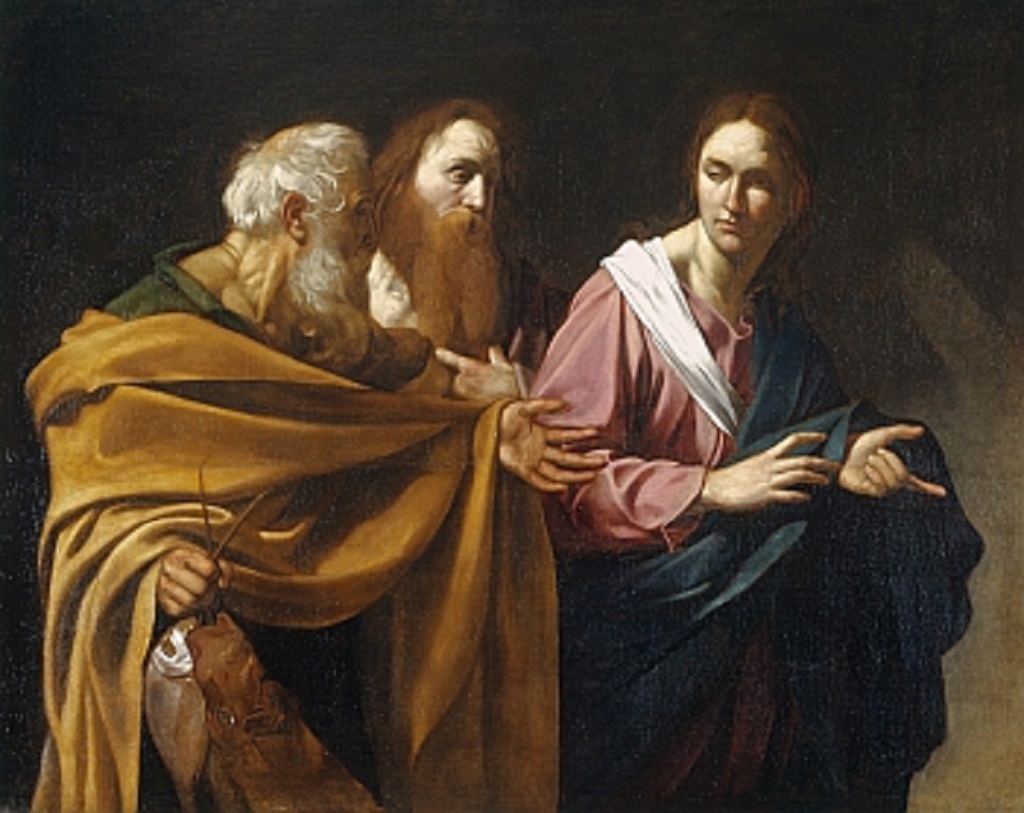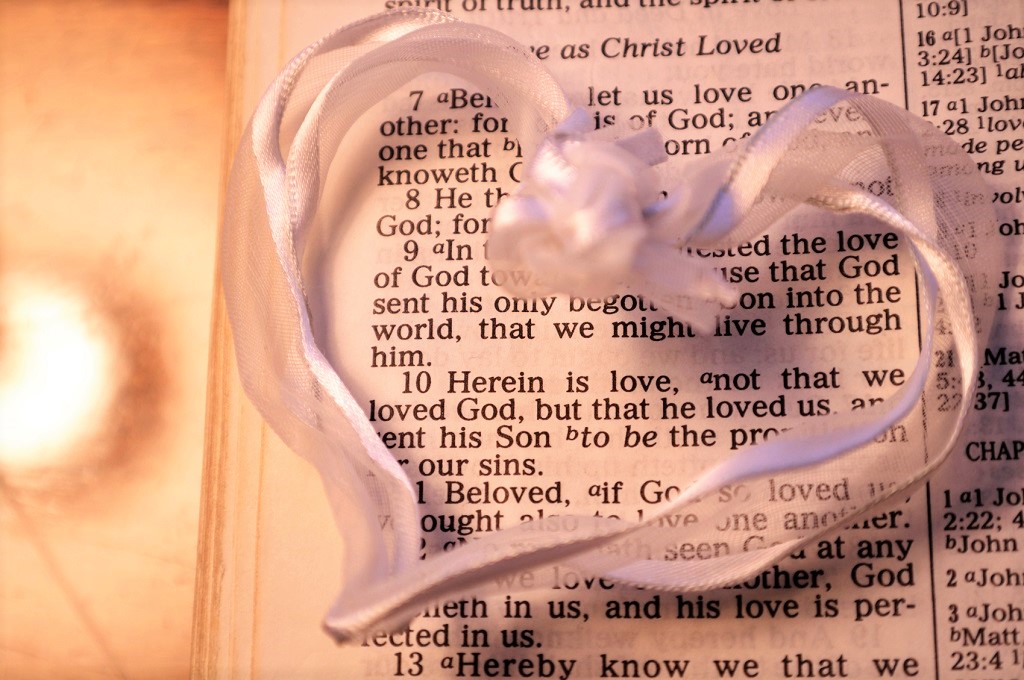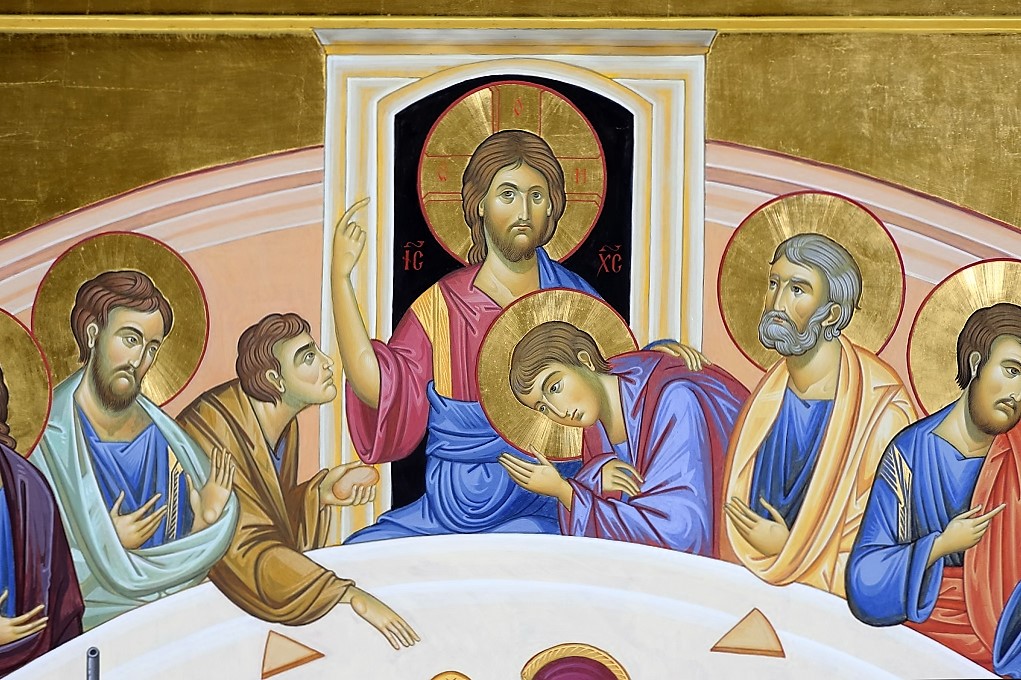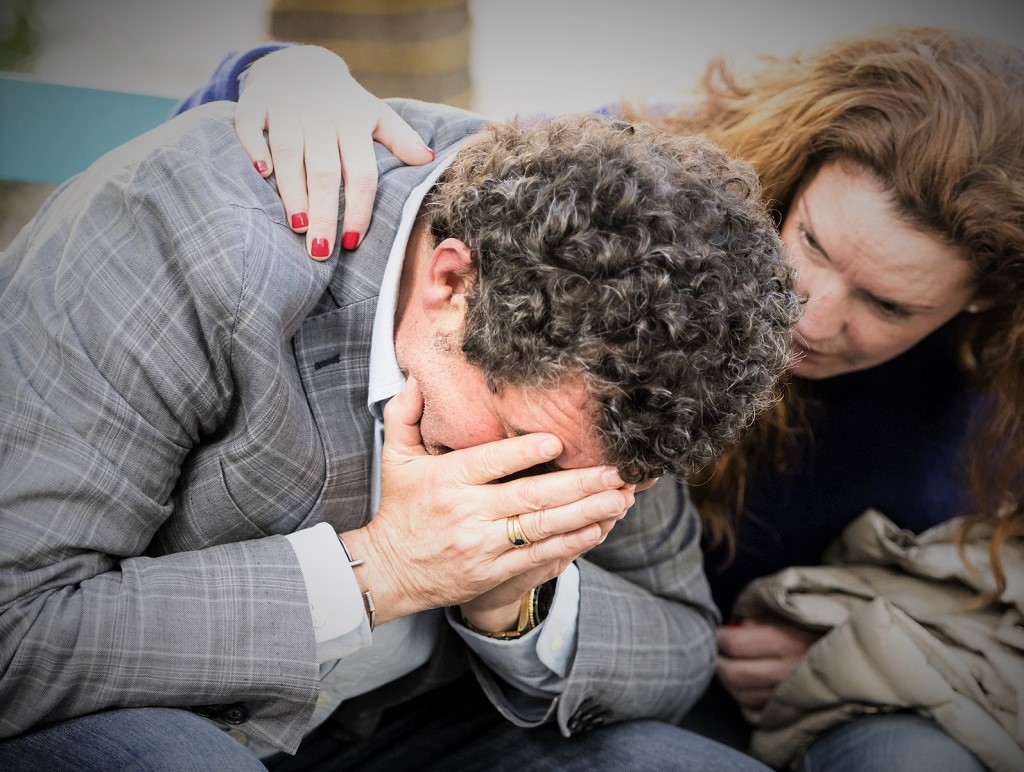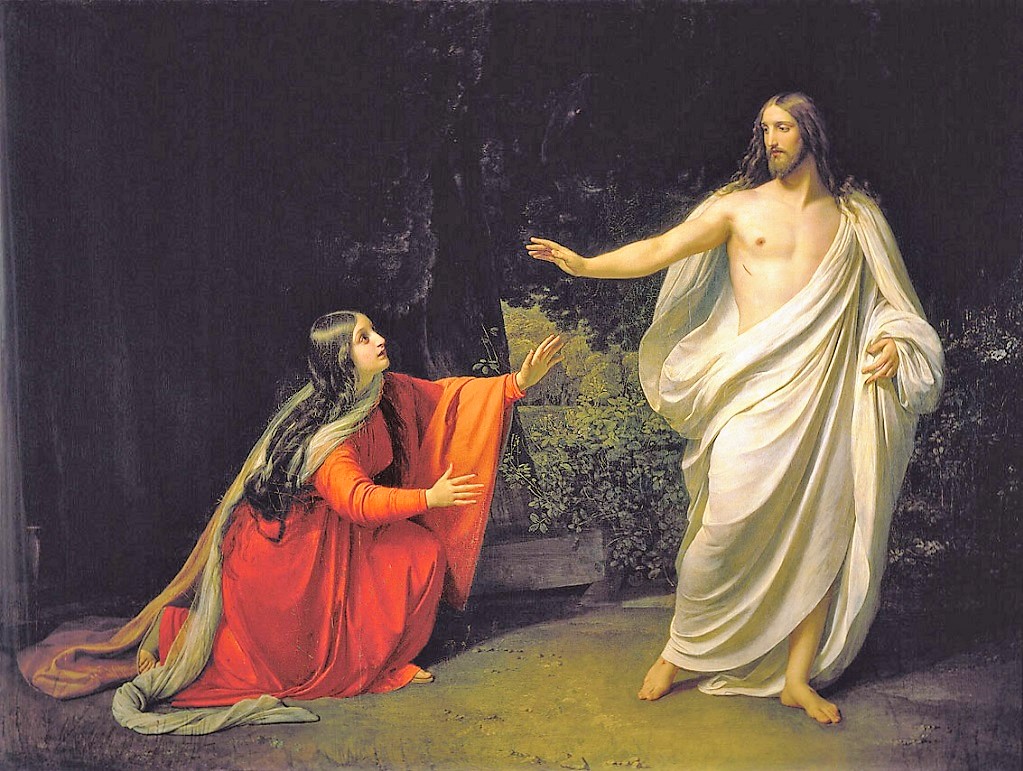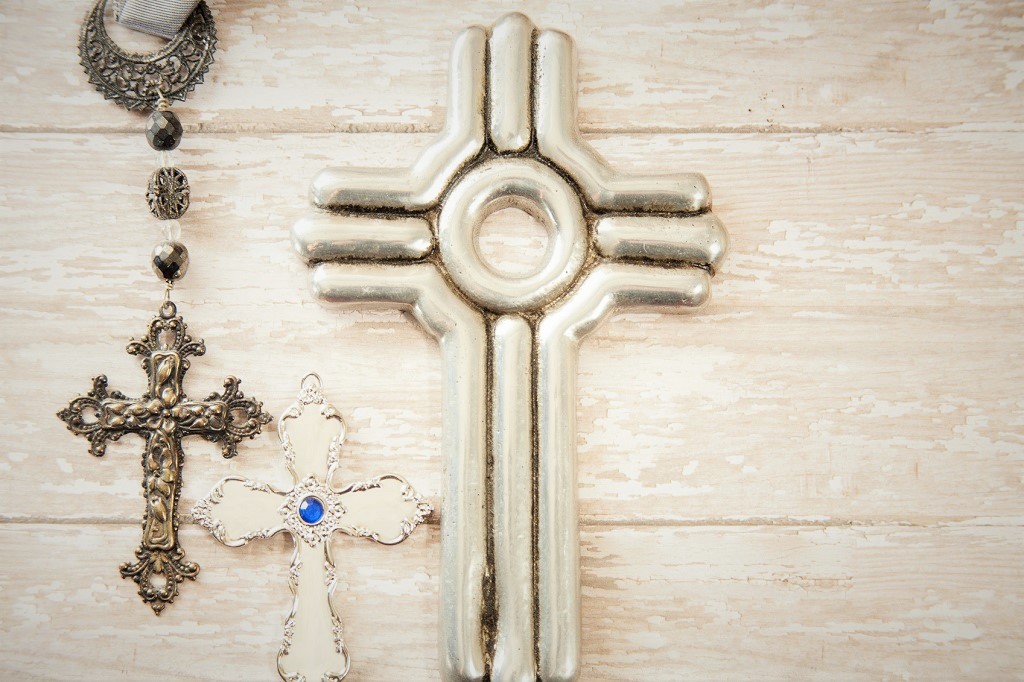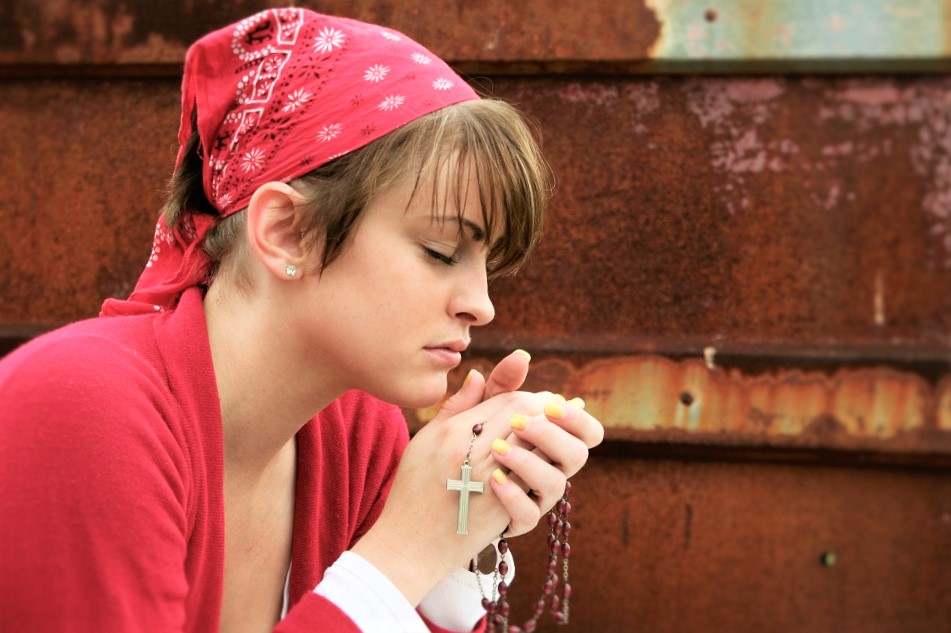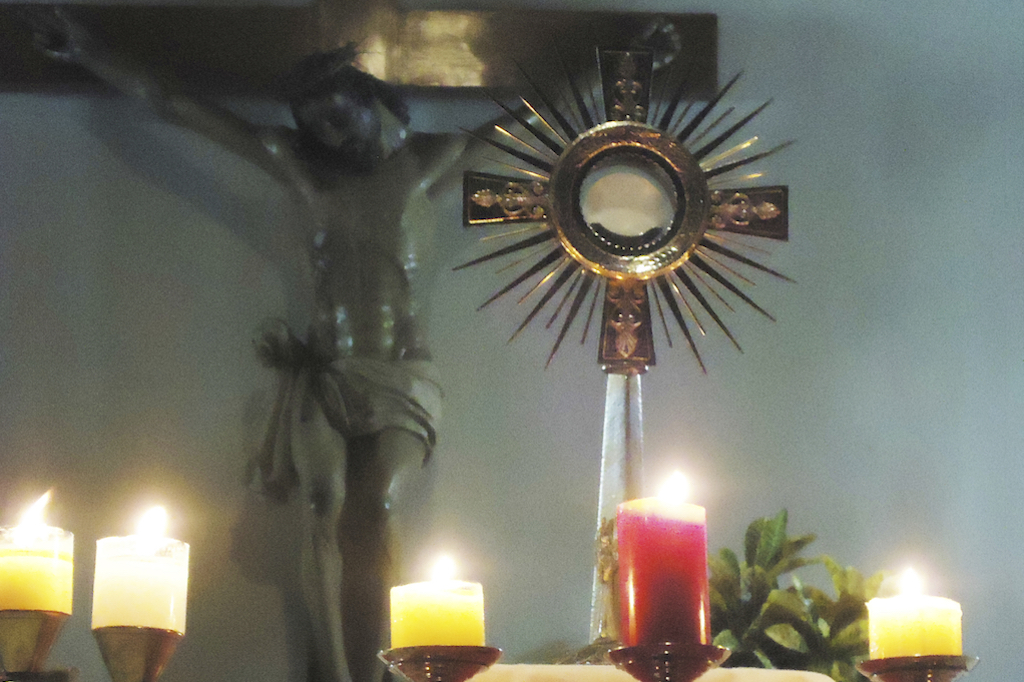Today’s Advent reflection for the 2nd Tuesday of Advent, 2016
Like the deer that longs for running streams, so my soul longs for God.—Psalm 42:1
Jesus’ first interaction with mankind in the Gospel of John is kind of awkward. He noticed two men following him and stopped, looked straight at them, and said, “What are you looking for?” I think he wanted them to stop and ask themselves that question before taking another step. He wants us to ask it of ourselves, too—because that question is the start of the spiritual journey.
Our longing for “something more” than this world can give us is part of who we are. It’s a longing that St. Thomas Aquinas used as evidence for God. A stomach’s growling would make no sense if there were no such thing as food. What about that “growling” in the depths of our hearts for something no amount of worldly “stuff” can satisfy? That growling has led man to think of God since the dawn of time.
If we’re losing touch with God today it’s probably because we’ve lost touch with ourselves. We tend to forget our deepest longings and highest ideals when they’re drowned out by the “noise” of passing news and countless to-dos. Or worse, we tend to suppress our highest hopes when life leaves us hurt and disappointed.
I want you to give yourself permission to ask the dangerous questions: “What do I want out of life? What am I looking for? Really?”
Beneath every answer from “a happy marriage” to “a big fat paycheck” to “fame and fortune” (all of which you may or may not get) is a deeper longing. We want more. We want happiness. We want joy. We want peace. We want LOVE. And we don’t want a little of those things. We want an infinite supply—more of it than this whole world could possibly give! We want GLORY!
. . . Let yourself feel that longing . . .
That would be cruel advice if that longing had no answer! Thankfully it does have an answer. The one who asked the question “What are you looking for?” is the answer. He just wants you to find that out for yourself. That’s what the spiritual journey is all about.

Chris Stefanick is an internationally acclaimed author and speaker, who has devoted his life to inspiring people to live a bold, contagious faith. Archbishop Charles J. Chaput, OFM Cap calls Chris, “one of the most engaging young defenders of the Christian faith on the scene today.” Chris is also the founder of Real Life Catholic, a Denver-based non-profit which operates as the headquarters for Chris’s various initiatives. Above all, Chris is proud to be the husband to his wife Natalie and father to their six children. To learn more about Chris’s work, please visit: www.RealLifeCatholic.com.

